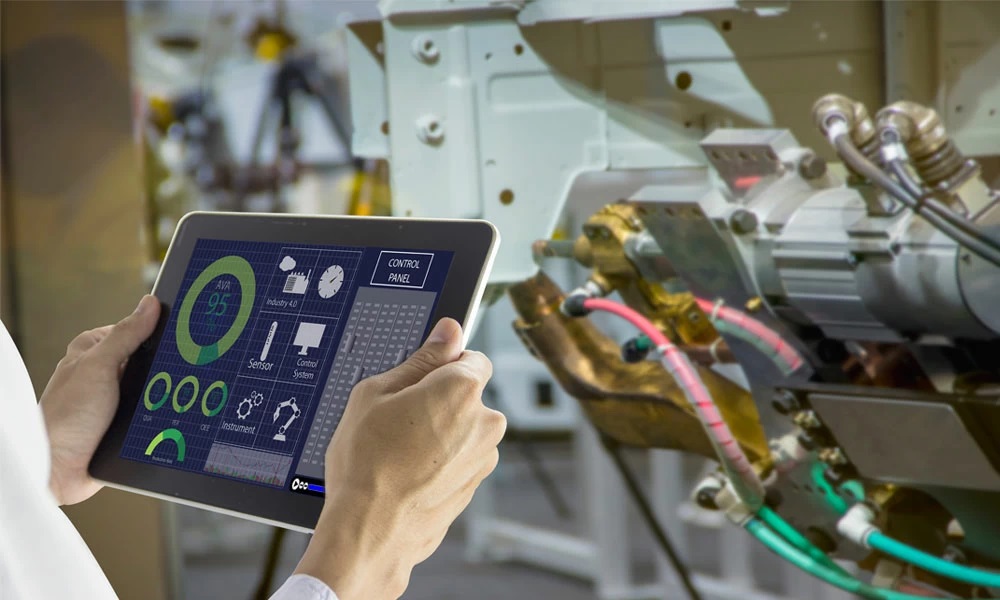Why Asset data integrity is important?
 Plant asset data should be genuine, complete, trustworthy and should provide relevant information. Data integrity refers to data accuracy that provides usable, reliable information for business decision making. Maintaining asset data integrity is a complex process existing at both task and strategic business levels. Good data helps for proper analysis, creation of information and right decision. Also, the data should be readily available.
Plant asset data should be genuine, complete, trustworthy and should provide relevant information. Data integrity refers to data accuracy that provides usable, reliable information for business decision making. Maintaining asset data integrity is a complex process existing at both task and strategic business levels. Good data helps for proper analysis, creation of information and right decision. Also, the data should be readily available.
The major changes in the plant that affect the data integrity are operational changes that are implemented and Process changes. Changes in machine parameter settings, the addition of data into the system like work order history, predictive/preventive maintenance results, all these create new data or replace the existing data. Asset data is dynamic and it is important to understand the process that address data integrity at all levels. How can we expect accurate business decisions if the information received is inaccurate, out of date due to failure to keep up with the dynamic changes that impact the assets? To have an accurate and timeliness in data, you need to pay careful attention to the assets’ lifecycle and the data that is changed during the assets’ life cycle.
Data accuracy leads to effective work, increased reliability, improved safety, and environmental performance. All these aspects of the business are directly linked to the profitability of the organisation. Maintaining data integrity is not just the responsibility of stores or maintenance supervisor. It is a shared responsibility throughout all executive levels including the CEO.
Organization wide awareness to be created on the value of maintaining accurate data and the downside of not maintaining it is understood, there needs to be something done about it.
Need to make the data integrity -whether entry of new asset or upgrading existing data -a part of every project and every work initiative. This approach makes the data integrity everyone’s job. To have optimum data integrity, the roles and responsibilities should be clearly defined, and the overriding data process is clearly mapped. A robust data management process ensures data integrity and continually demonstrates the value of data integrity.
What are the key elements to ensure data integrity
- Data modelling frame work
- Data taxonomy and architecture
- Robust processes with people accountability
- Data governance system
Our MDM services ensure data integrity of the data architecture.





